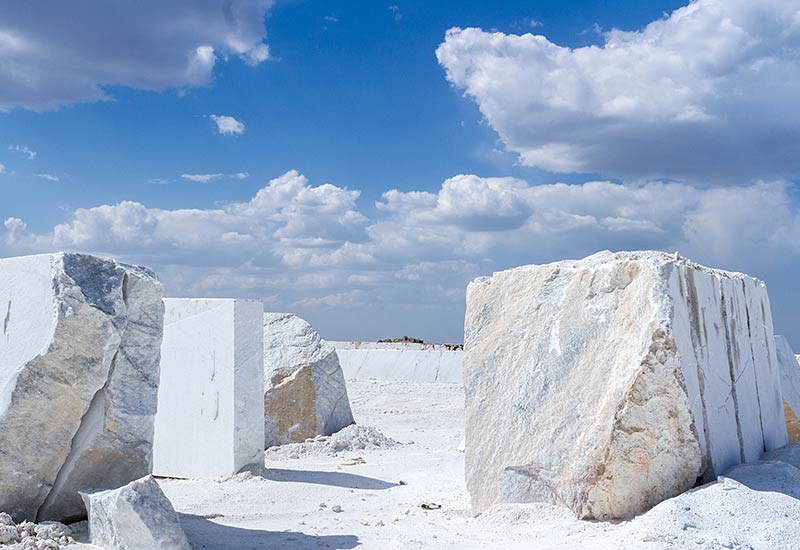When constructing a new kitchen or bathroom space, you are confronted with a myriad of choices, options, colors, finishes, and styles that might seem overwhelming. One of those is what countertop thickness to choose. In the stone industry, there are 2 primary options, 2cm (3/4”) or 3cm (1-1/4”). Traditionally, 2cm has been used in bathrooms, where strength demands are lower than in kitchens, which have generally been the domain of 3cm. A standard 3cm countertop offers greater value and flexibility in designing a functional space for today’s families.
- By using 3cm stones, edge profiles do not have seams like laminated 2cm edges. This eliminates non-matched laminated edges.
- 2cm laminated edge installation requires plywood underneath the stone to raise the countertops above the drawer opening. In high humidity climates like Houston, the plywood may warp, creating unsightly gaps and expensive repairs.
- Laminated 2cm edge profiles only look thick at the edge. Undermount sink cut outs still show 2cm.
- Fabrication and installation costs are lower with 3cm
Not all stones are available in both thicknesses. But in comparison, utilizing 3cm stone when possible will give the best results for longevity and durability.
When constructing a new kitchen or bathroom space, you are confronted with a myriad of choices, options, colors, finishes, and styles that might seem overwhelming. One of those is what countertop thickness to choose. In the stone industry, there are 2 primary options, 2cm (3/4”) or 3cm (1-1/4”). Traditionally, 2cm has been used in bathrooms, where strength demands are lower than in kitchens, which have generally been the domain of 3cm. A standard 3cm countertop offers greater value and flexibility in designing a functional space for today’s families.
- By using 3cm stones, edge profiles do not have seams like laminated 2cm edges. This eliminates non-matched laminated edges.
- 2cm laminated edge installation requires plywood underneath the stone to raise the countertops above the drawer opening. In high humidity climates like Houston, the plywood may warp, creating unsightly gaps and expensive repairs.
- Laminated 2cm edge profiles only look thick at the edge. Undermount sink cut outs still show 2cm.
- Fabrication and installation costs are lower with 3cm
Not all stones are available in both thicknesses. But in comparison, utilizing 3cm stone when possible will give the best results for longevity and durability.
Let our experts know how we can help you. Simply fill out the form below and one of our Design Consultants will respond.


